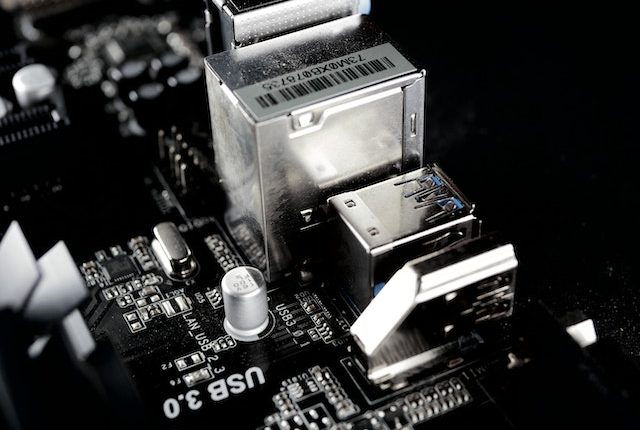Organic Field-Effect Transistors (OFETs): Revolutionizing Electronic Device Technology
Organic Field-Effect Transistors (OFETs)
In the realm of electronic applications, Organic Field-Effect Transistors (OFETs) are increasingly gaining the spotlight due to their unique properties and promising potential. With their flexible design, low-cost production, and potential for large-area fabrication, OFETs are poised to revolutionize transistor technologies.

The Science Behind OFETs
OFETs operate on the same basic principle as traditional Field-Effect Transistors (FETs), but instead of using inorganic semiconductors like silicon, they utilize organic semiconducting materials. These organic materials, which can be of the p-type (holes as charge carriers) or n-type (electrons as charge carriers), are layered between a source and drain electrodes on a substrate, forming the active layer. A gate electrode and an insulator layer (often termed as the gate dielectric) facilitate the control of charge carriers in the active layer, modulating the device’s conductivity.

Organic semiconductors, such as pentacene and polythiophenes, are commonly used in OFETs due to their high field-effect mobility. Additionally, these semiconductors show higher mechanical flexibility compared to inorganic semiconductors, enabling their use in flexible substrates and large-area applications.
Fabrication of OFETs
OFETs can be fabricated using a variety of techniques, ranging from traditional lithography to advanced methods such as inkjet printing or screen printing. The latter has drawn particular attention due to their compatibility with plastic substrates and potential for low-cost, large-area device fabrication.
The fabrication process for OFETs also offers room for the introduction of novel materials and optimization of device structure. Different functional groups can be attached to organic semiconductor materials to tailor their properties, significantly impacting OFET performance.
Applications of OFETs
OFETs are ideal for a wide array of applications, from flexible displays and integrated circuits to optoelectronic applications and memory devices. Due to their inherent flexibility, OFETs have found their way into flexible displays and wearable devices.
Moreover, the ambipolar behavior of OFETs, which allows both holes and electrons to act as charge carriers, enables their use in advanced applications like integrated circuits. Coupled with their low fabrication costs, OFETs could pave the way for affordable, flexible, and lightweight electronics.
The Future of OFETs
As OFETs continue to attract much interest from the scientific community, research institutes, like the Beijing National Laboratory for Molecular Sciences and the Institute of Chemistry, are pushing the boundaries of OFET technology.
While challenges persist in areas such as carrier mobilities, threshold voltage stability, and the development of n-type organic semiconductors, continuous research efforts promise to overcome these obstacles. In the near future, we may see the dawn of electronic devices that are lighter, more flexible, and more affordable, thanks to the innovative technology of Organic Field-Effect Transistors.




Comments are closed.